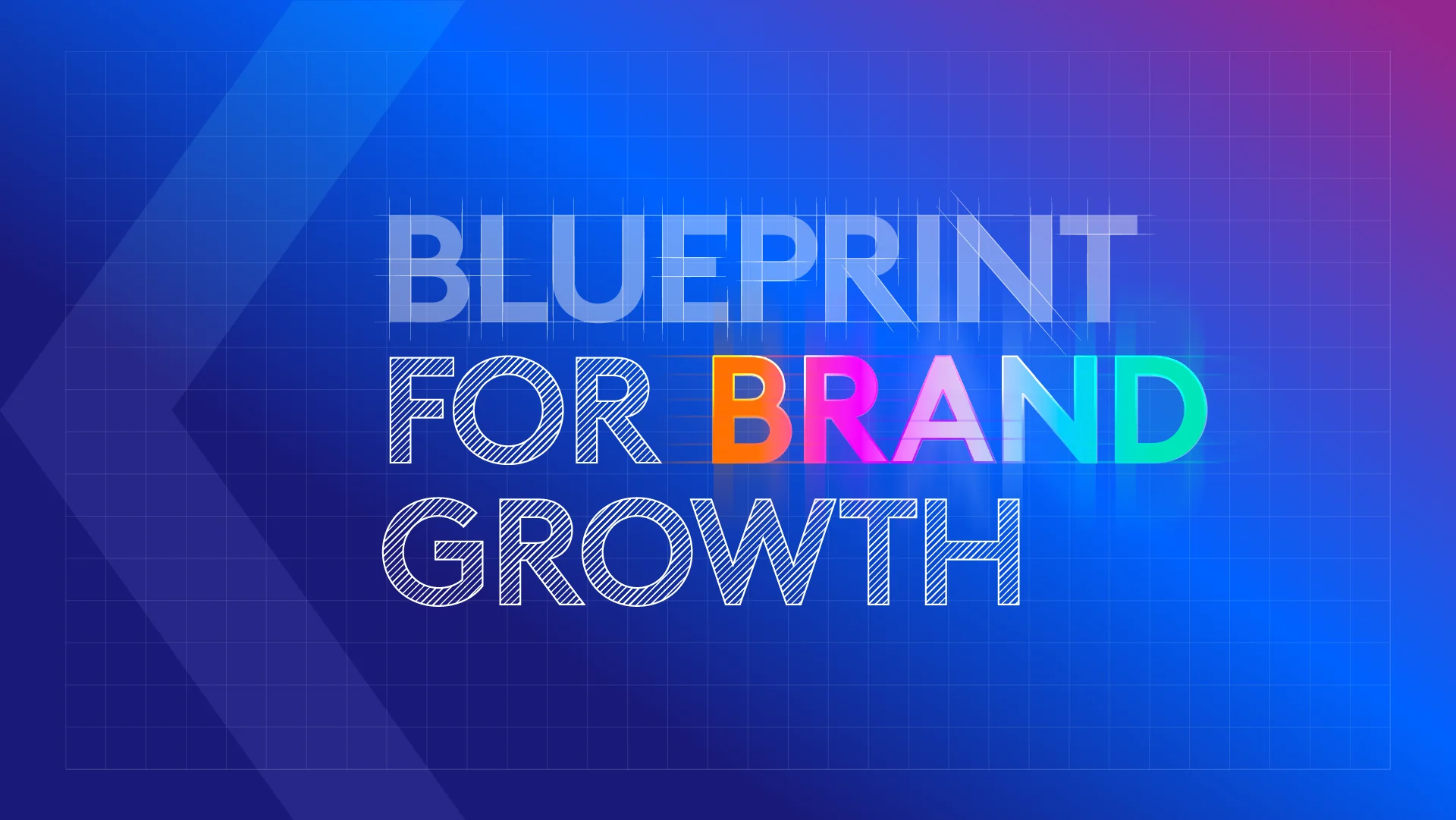Blueprint for Brand Growth

Kantar launches Blueprint for Brand Growth
Kantar has launched Blueprint for Brand Growth – a new “essential recipe” to help businesses expand.
The blueprint – launched globally on Tuesday 14th May at 8.30pm (9.30am UK time) – brings Kantar’s vast databases of customer attitudinal and behavioural information together, showing where companies need to focus their efforts.
The blueprint demonstrates that brands grow by being meaningfully different to more people, which brands can achieve by predisposing more people to your brand, being more present, and finding new spaces to grow into.
“This sounds deceptively simple,” David Thomas, Kantar New Zealand’s Chief Commercial Officer, Insights Division, tells StopPress ahead of the launch.
“But of course what this blueprint means for brands differs based on their context, competitive situation, and size.”
This means each company that uses the blueprint will arrive at a different solution, Thomas says.
“This isn’t just about ‘brand’ – the answer can be any of the ‘4Ps’ and so may cover the offer, pricing, customer experience, creative and media strategy, as well as developing brand equity,” he says.
“There is no one answer, but the blueprint provides the necessary guidance to enable brands to focus on the key things they should be doing – with the confidence to act, because we’ve validated all aspects.”
Billions of data points
Worldwide, Kantar is the largest insights company with the largest database of customer attitudinal and behavioural data in the world – across virtually every category, market, customer type, and brand size – so it is uniquely placed to explain how marketing plays out in the real world.
Because Kantar has collected so much information, it’s able to bridge the gap between what people say they’ll do and their actual behaviour, says Thomas.
“Other people tend to have behavioural (shopper actual purchase data) or attitudinal (research-driven) data. We have both at massive scale,” he says.
“So billions of data points – 6.5 billion, in fact – which means that we can map what people say they’re thinking about to what they actually do.
“What that means is we can use that data to validate what we’re saying about how marketing works. It means we can say, ‘You should be doing x.’
“And we can say, ‘Here’s the proof, and you’ll grow four times as fast if you do x.’”

David Thomas
Chief Commercial Director
[email protected]